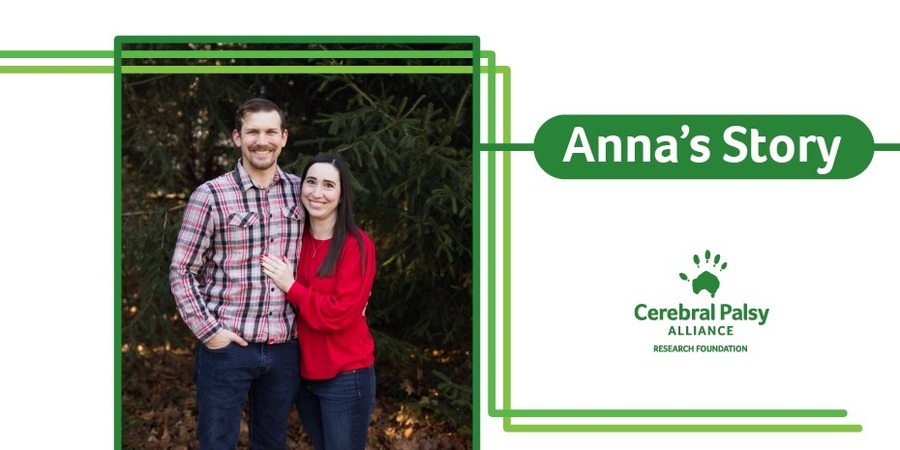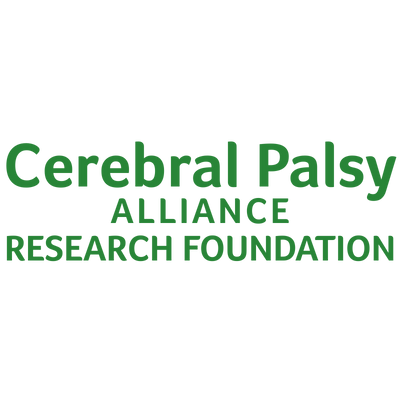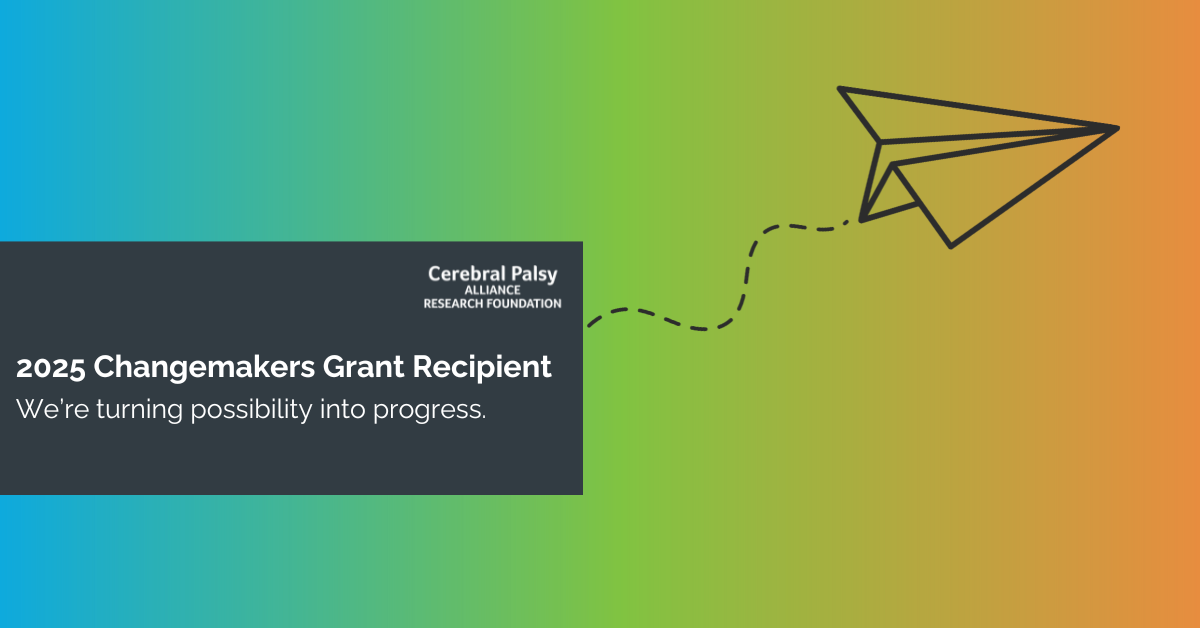
CARE & GIVING: Anna's Story, Part I
By Anna Kraft*
Check out part one of a four-part blog series from Anna Kraft, a mother of a young son with cerebral palsy.
“Okay,” I thought as I sat in my son’s neurologist’s office, six months pregnant and alone, my husband waiting in the car due to the office’s COVID protocols. Bert, my son, was 19 months old, and the neurologist had just told me that he believed Bert had spastic diplegia. I had never heard of it. I’d heard of Cerebral Palsy, of course, but I couldn’t have told you much about it, and I didn’t know anyone who actually had CP.
My pregnancy with Bert, my first child, was uneventful; however, his labor and delivery were difficult, and he ended up being hospitalized for unresolved polycythemia when he was just a few days old. It was definitely a baptism-by-fire entrance into parenthood. When Bert was 9 months old, he had just learned to sit up and was not attempting to crawl or move from sitting to lying on the floor. At that time, his wonderful pediatrician told my husband and me that Bert was showing signs of motor development delay and could be helped by early intervention services. He began occupational therapy and then physical therapy and began to crawl. When he turned 18 months old and was still unable to walk, however, his pediatrician referred him to a neurologist, where we received his official CP diagnosis.
To be honest, Bert’s dad and I were almost relieved when Bert was diagnosed with CP. How we felt was that a diagnosis would not change our son; he would still be the same wonderful, funny, happy boy we loved. What a diagnosis would do, though, was provide us more information about Bert, open up his access to services, and teach us how to best help him. Most importantly, it gave us peace to know that we finally had an answer after almost a year of ambiguity. To us, those were all good things.
Bert’s CP diagnosis has blessed our family’s life in many unexpected ways. We have embarked on a path of continuous learning about not just CP, but all kinds of physical disabilities and neurodiversity. Everywhere I go now I look around to make sure I am in a location that is easily accessible to someone using a wheelchair, walker, or crutches. I make a point to check if a museum or zoo provides a sensory kit or a quiet room for children who are easily overwhelmed by bright lights or loud noises. Because of this, I feel that I have become a better mother, a better teacher, and a better human being. We have also been fortunate to find love and support from people we never would have met otherwise: Bert’s physical therapists and their office staff, his adaptive swim instructor, and parents of other children with disabilities to name a few. Perhaps most importantly, we have found ourselves in a place to encourage and support other parents going through difficult times with their children. I believe that feeling alone in a situation serves to magnify fear and anxiety, so when you can look at someone and say, “Us too!” you bless someone with community, understanding, and support, lessening that loneliness.
*Anna's story is part of CARE & GIVING.This series covers a few different aspects of the cerebral palsy community. It features the experiences of those who care about and for people with cerebral palsy, including parents and caregivers, therapists, paraprofessionals, and other allies. It also highlights donors who have made it their mission to move cerebral palsy forward, because care and giving go hand in hand.
The CARE & GIVING blog is intended solely to raise awareness about the varied human experience with cerebral palsy and shouldn't be read or construed to contain any medical advice or medical endorsement by Cerebral Palsy Alliance Research Foundation. Only you and your doctor know what's best for you. Please consult your doctor for medical advice.
Fri 05 Dec 2025
An update on one of our most important initiatives: expanding access to life-changing assistive technology for Native Americans with disabilities.
Fri 10 Oct 2025
We’re thrilled to share an exciting milestone from CPARF’s Changemakers Program — our inaugural community-voted research study has been selected!



